- Home
- Destinations
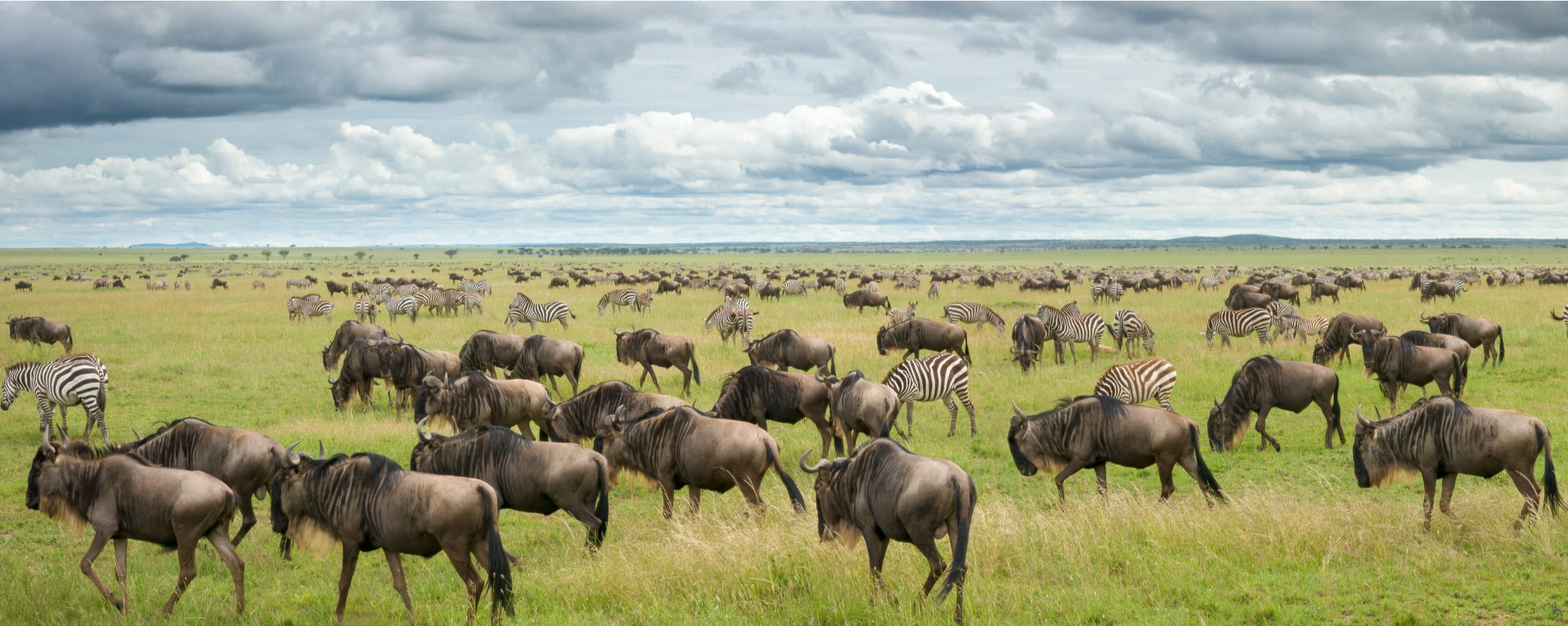
Serengeti National Park
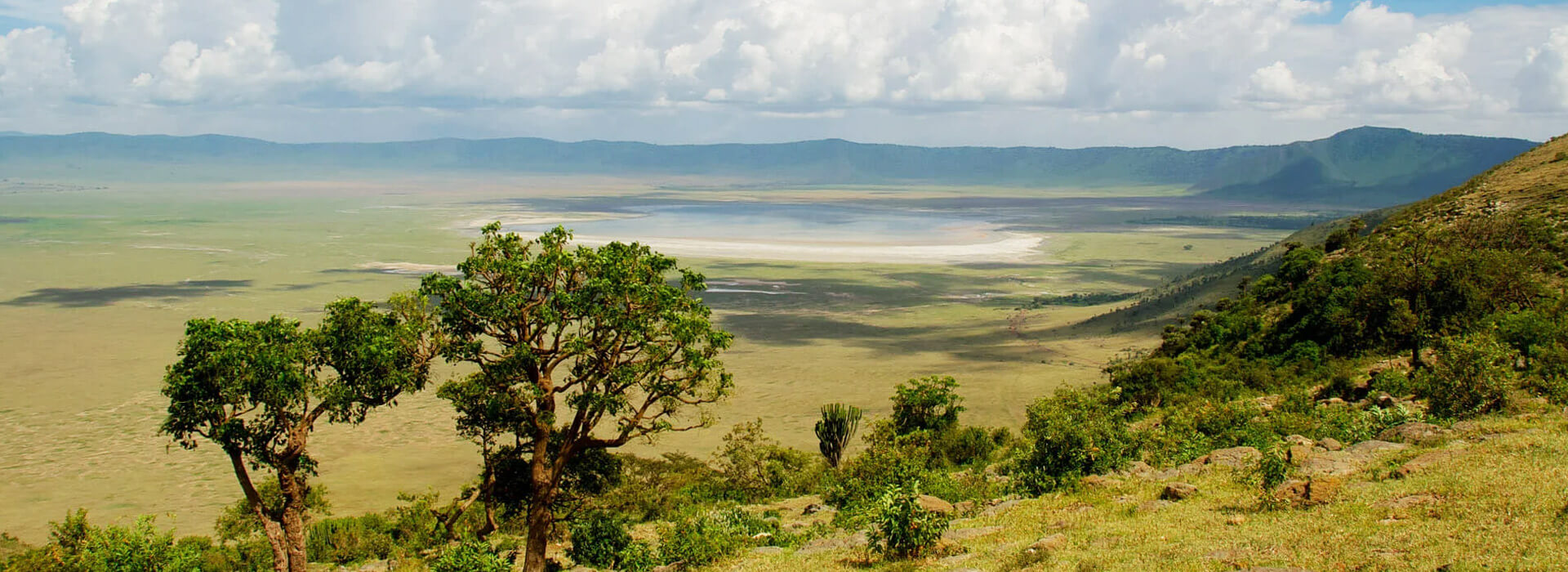
Ngorongoro Crater
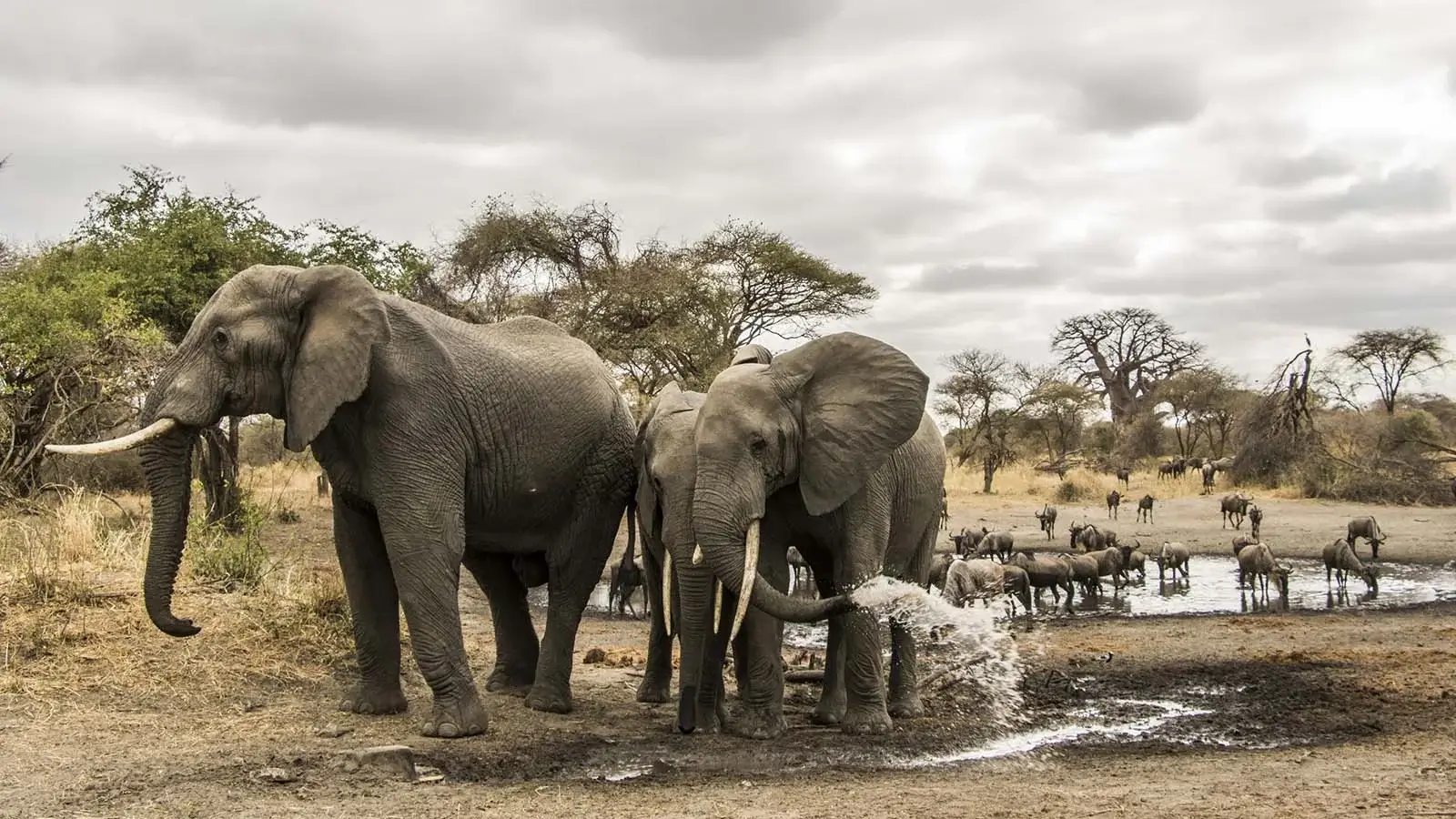
Tarangire National Park
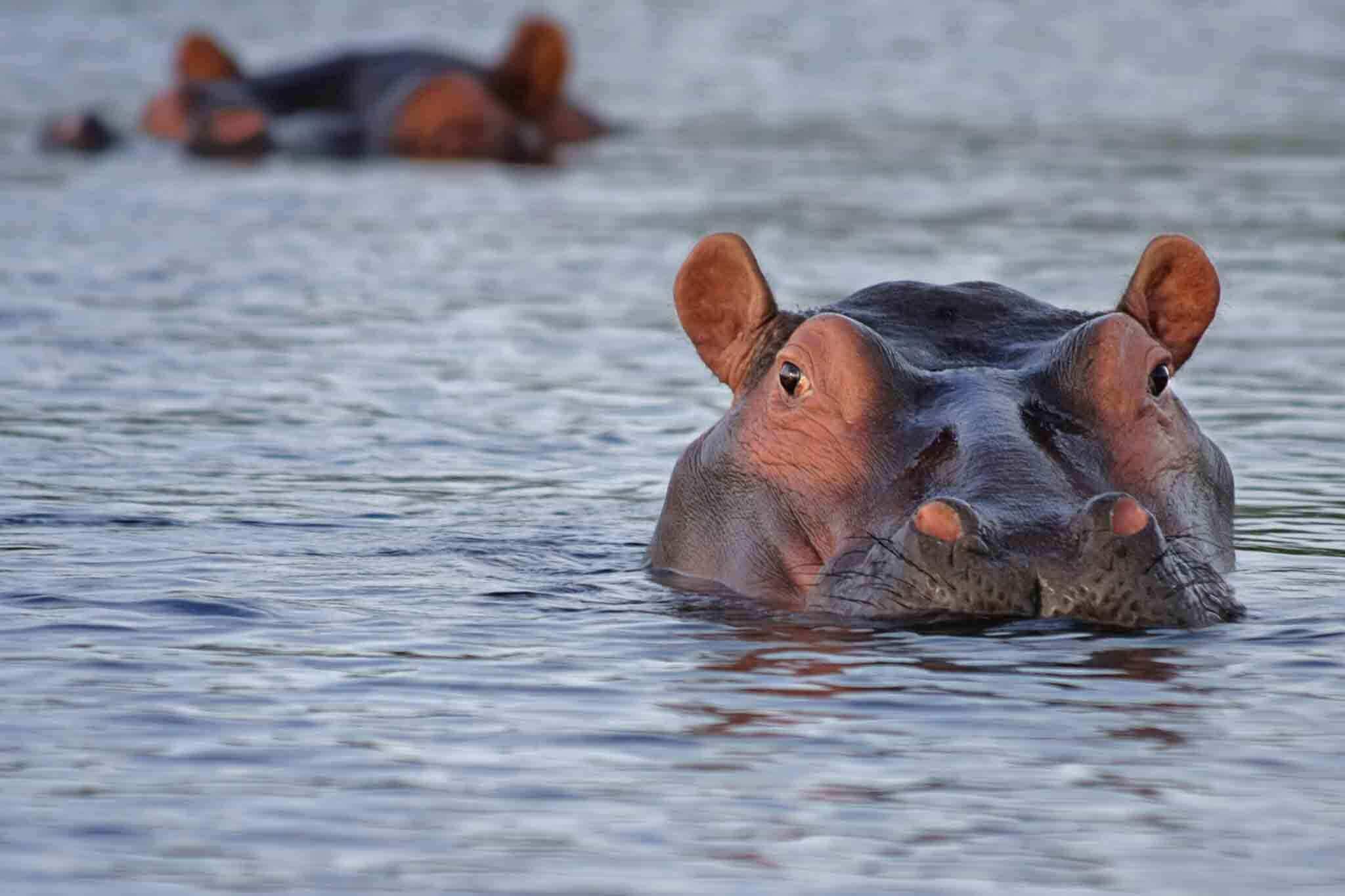
Lake Manyara National Park
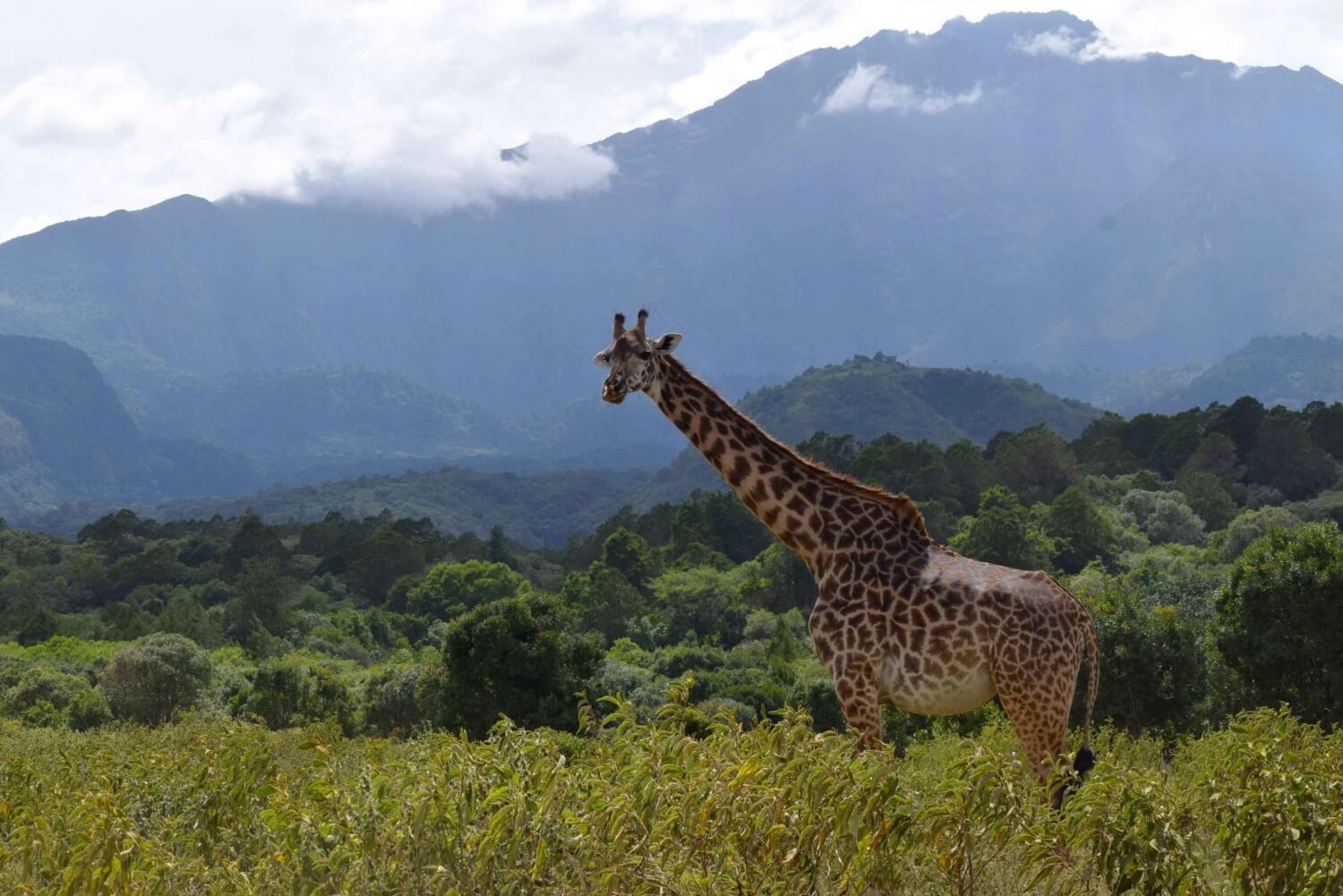
Arusha National Park

Zanzibar Island
- Safaris

3 Days Serengeti and Lake Manyara

5 Days Wildlife Tanzania Safari
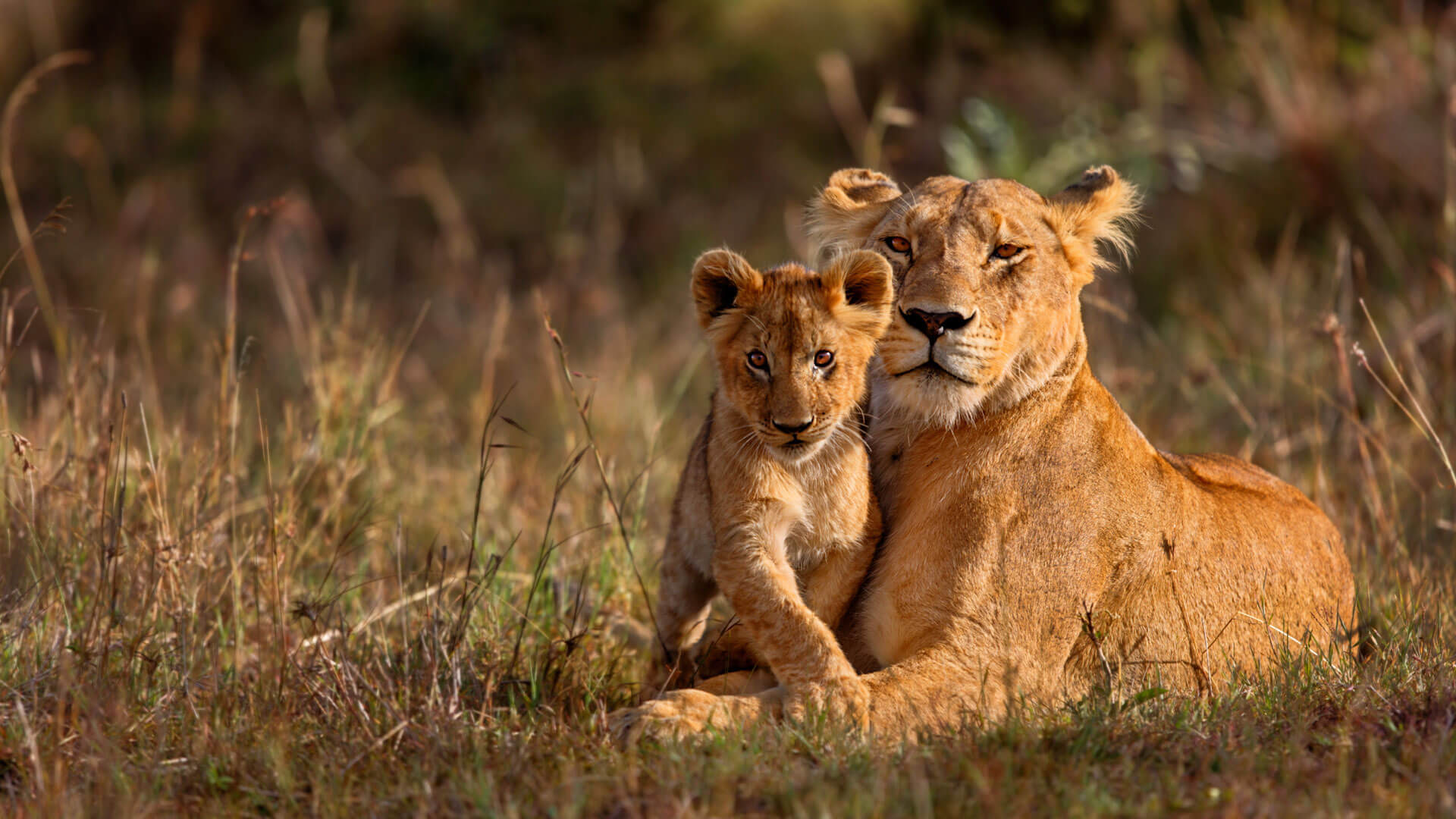
6 Days Tanzania
Safaris
12 Days Tanzania Safaris & Migration
- Trekking

Mountain Kilimanjaro
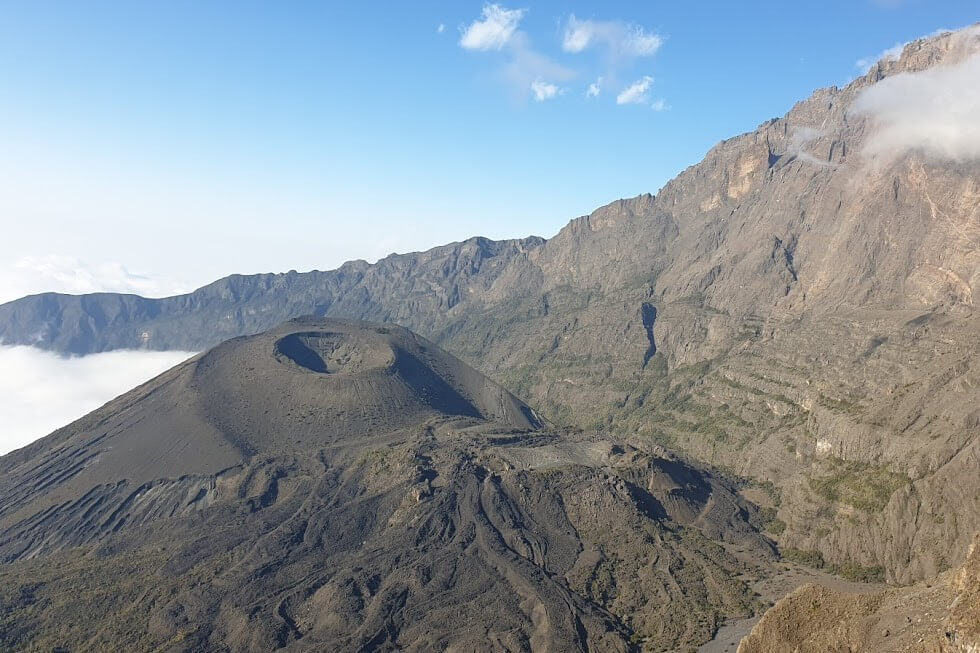
Mount Meru
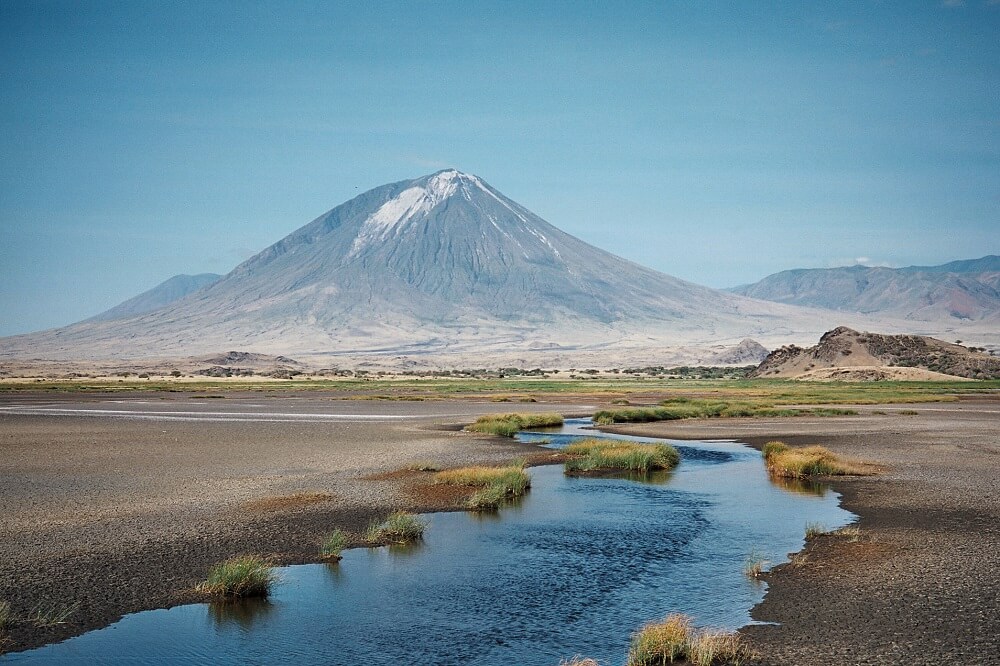
Oldonyo Lengai

Udzungwa Mountain
- Cultural Tours
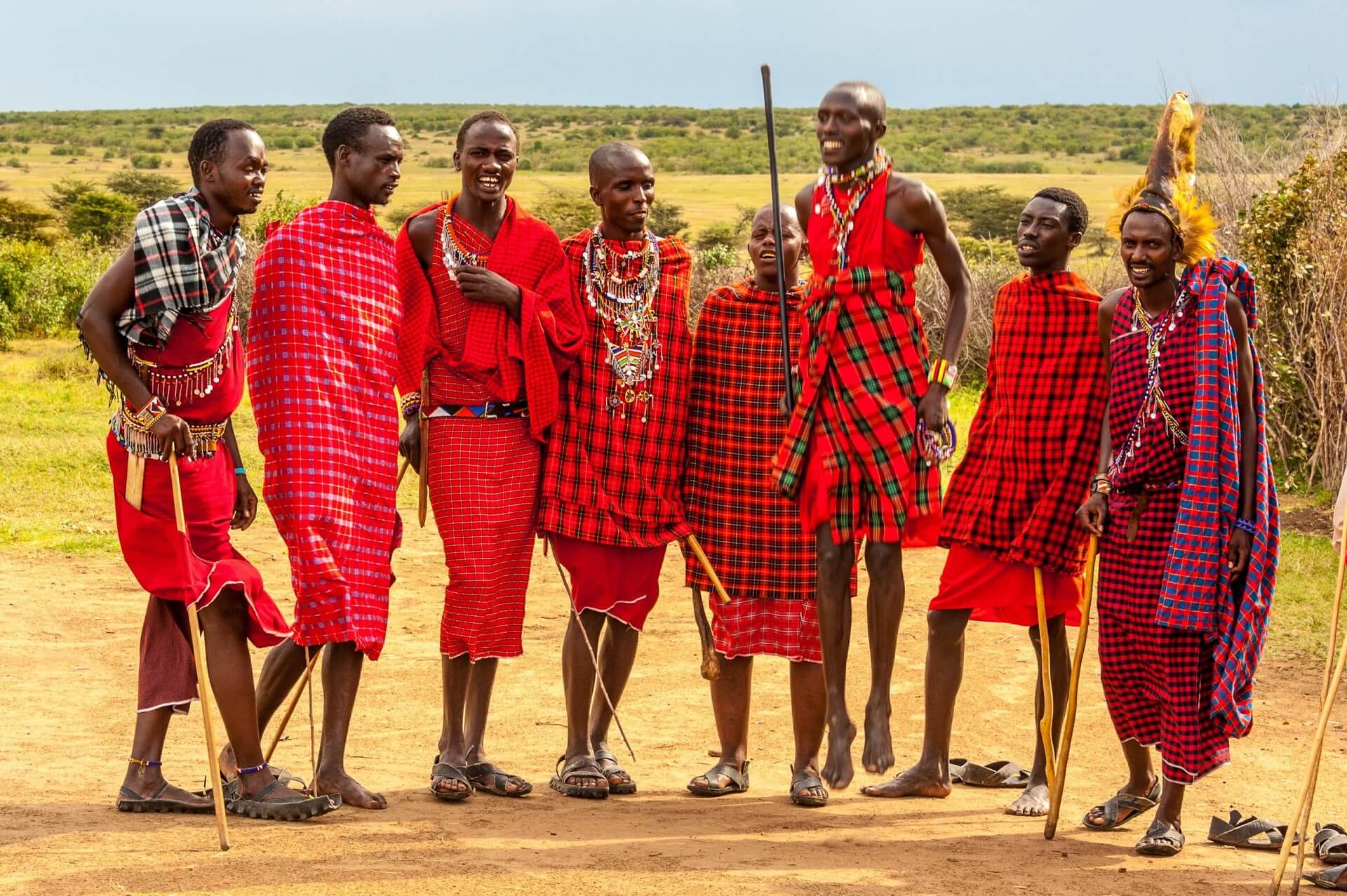
Maasai Tribe
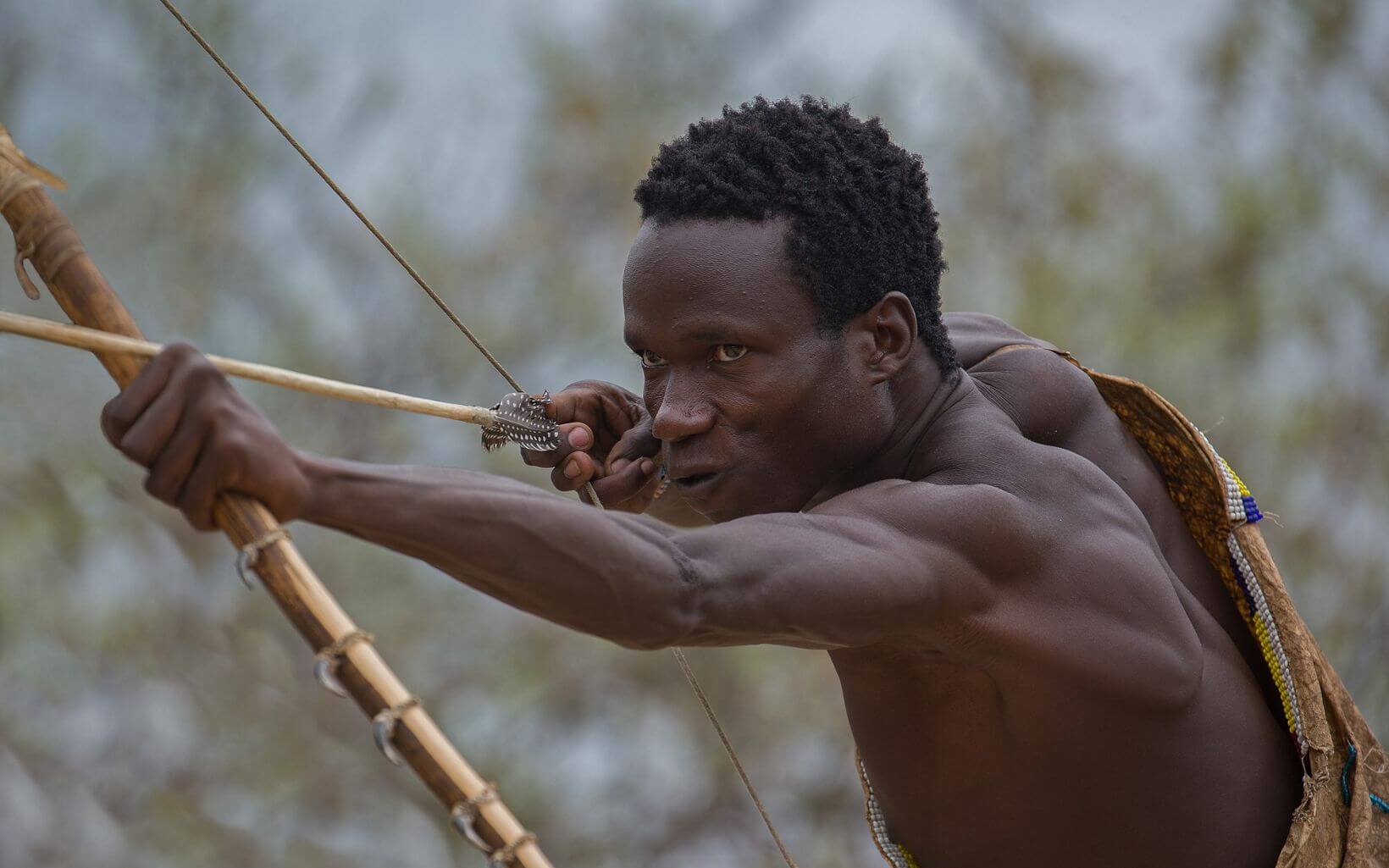
Hadzabe Tribe
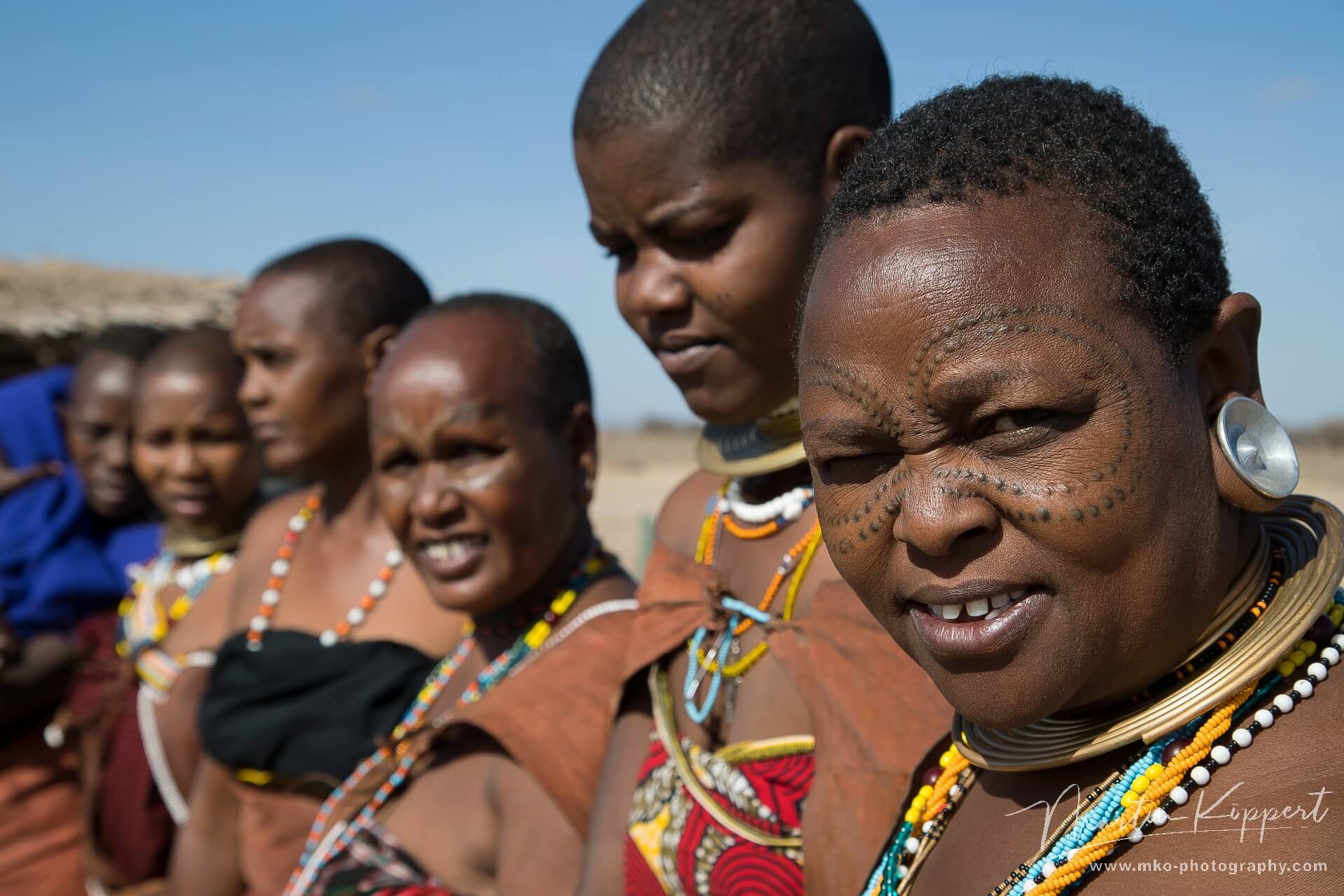
Datoga Tribe
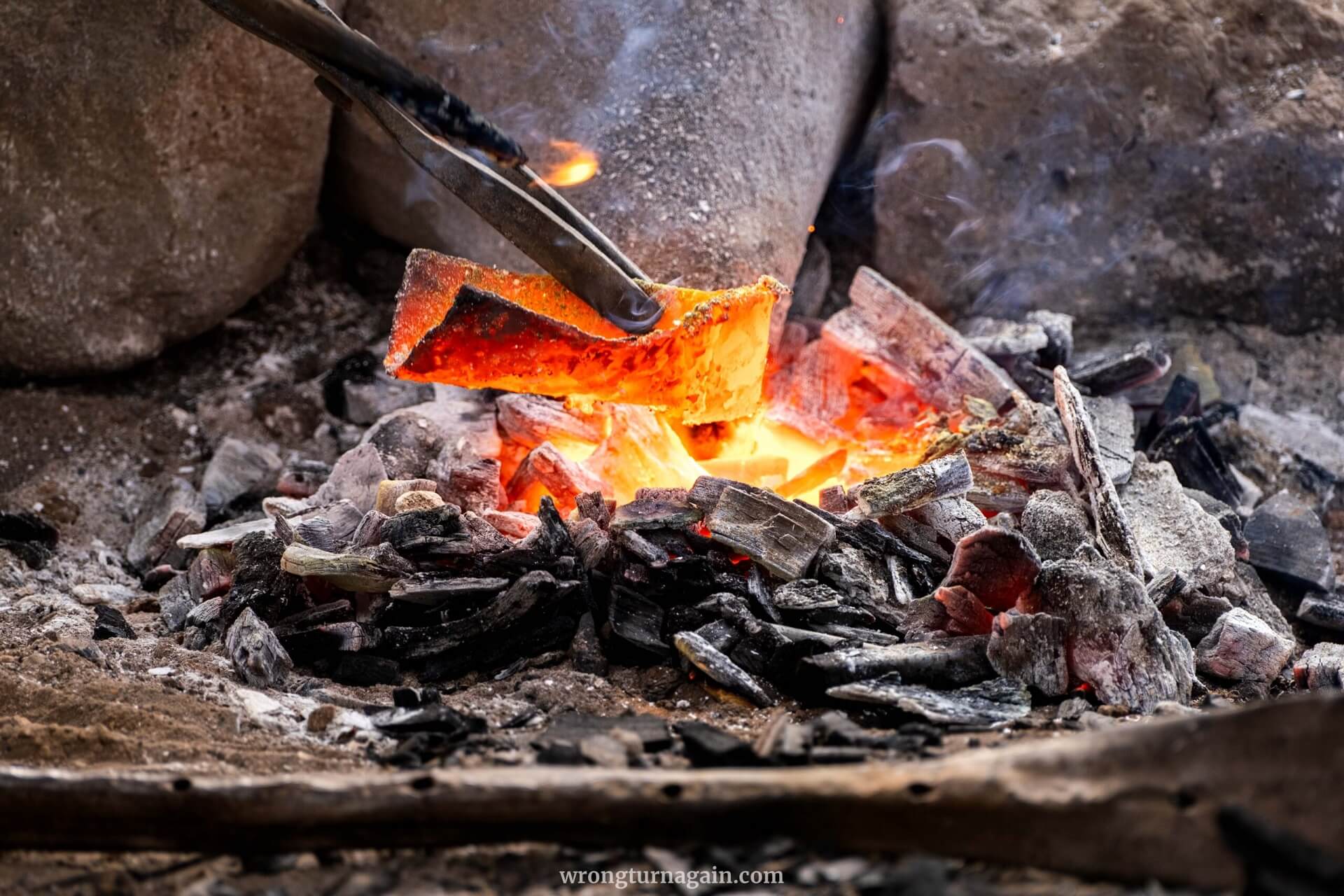
Blacksmith
- Activities
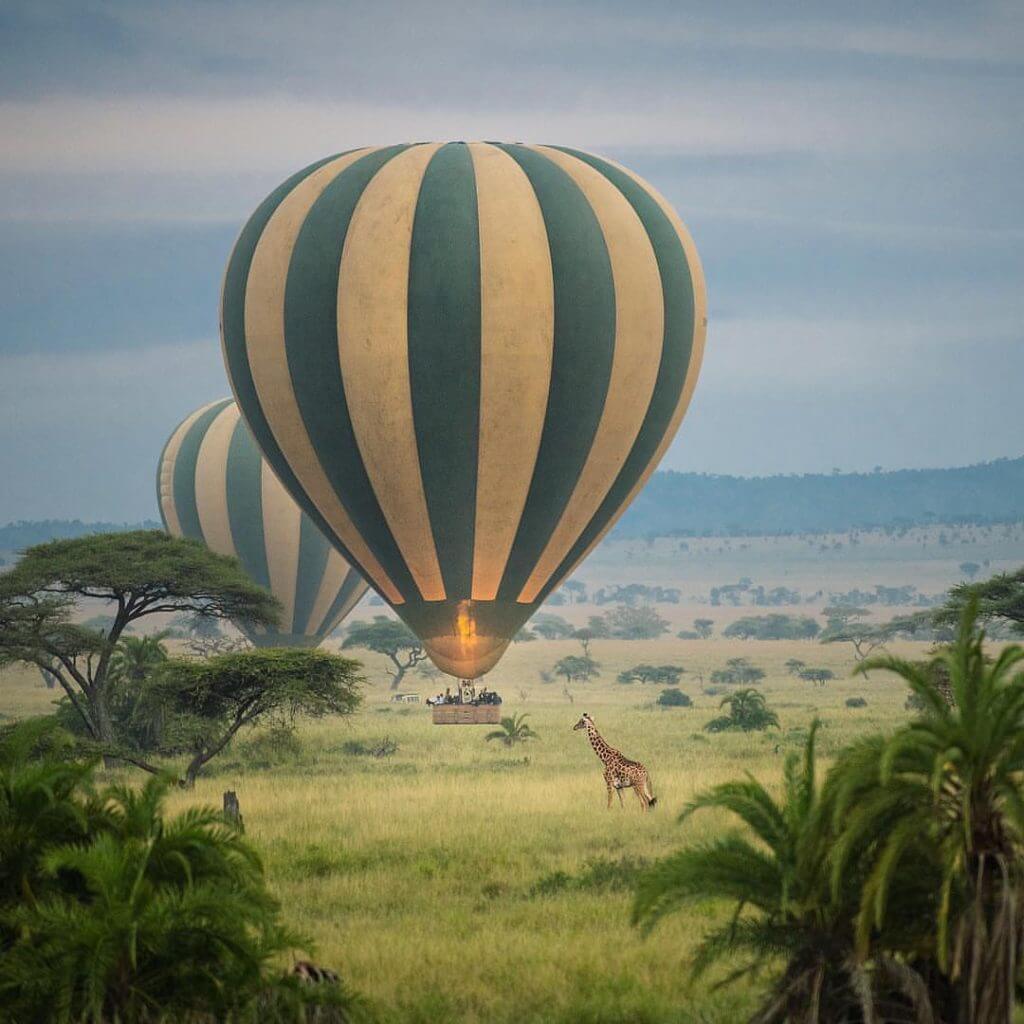
Balloon Safari

Walking Safari
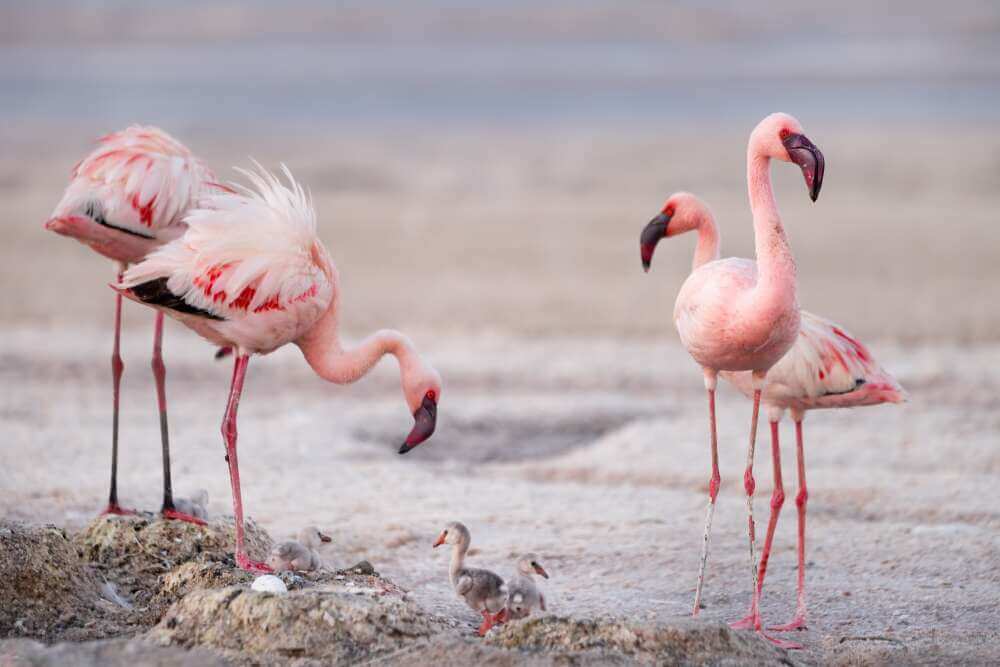
Bird Watching

Wildebeest Migration
- Filming
- Philanthropy
- Home
- Destinations

Serengeti National Park

Ngorongoro Crater

Tarangire National Park

Lake Manyara National Park

Arusha National Park

Zanzibar Island
- Safaris

3 Days Serengeti and Lake Manyara

5 Days Wildlife Tanzania Safari

6 Days Tanzania
Safaris
12 Days Tanzania Safaris & Migration
- Trekking

Mountain Kilimanjaro

Mount Meru

Oldonyo Lengai

Udzungwa Mountain
- Cultural Tours

Maasai Tribe

Hadzabe Tribe

Datoga Tribe

Blacksmith
- Activities

Balloon Safari

Walking Safari

Bird Watching

Wildebeest Migration
- Filming
- Philanthropy
Other Mountain
Introduction
Ol Doinyo Lengai, rising to 2,890 meters, is Tanzania’s only active volcano and holds significant cultural importance as the “Mountain of God” in Maasai. Located 240 kilometers northwest of Arusha, this volcano is perched on the western escarpment of the Great Rift Valley, offering sweeping views of the surrounding landscape, including Lake Natron. The six-hour climb to the summit is a thrilling challenge, rewarding adventurers with breathtaking views of volcanic formations and the Rift Valley. However, as an active volcano, it is occasionally closed to climbers during eruptions.

Mount Meru
Mount Meru, standing at 4,566 meters, is Tanzania’s second-highest peak and offers an ideal acclimatization climb for those planning to tackle Mount Kilimanjaro. Located within Arusha National Park, the trek takes 3 to 4 days and traverses lush rainforests, alpine deserts, and wildlife-filled landscapes. Hikers are escorted by armed rangers to ensure safety due to the presence of animals like buffalo and elephants. The summit provides spectacular panoramic views of Kilimanjaro and the surrounding areas, making it a rewarding climb for both seasoned trekkers and nature enthusiasts.
Ol Doinyo Lengai
There are six established routes to climb Kilimanjaro, each offering a unique experience in terms of scenery, difficulty, and duration. Depending on the chosen route, the climb can take between four to six nights. Guides and porters will accompany climbers throughout the journey, and no technical climbing equipment is required on these routes.

Lake Natron
At the base of Ol Doinyo Lengai, Lake Natron serves as the only major breeding ground for the endangered Lesser Flamingos, hosting 75% of their global population. This shallow, soda lake is a striking feature of the Great Rift Valley, with its highly alkaline waters acting as a natural defense against predators. The area’s lunar-like landscape, coupled with the chance to explore its streams and waterfalls, offers a truly unique adventure for travelers.
Udzungwa Mountains National Park
Udzungwa Mountains National Park, covering 1,990 square kilometers, is a biodiversity hotspot, renowned for its rich, undisturbed forests and unique wildlife. Declared a national park in 1992, it is home to several endemic species, including the Iringa red colobus monkey and the Sanje crested mangabey. Towering trees, diverse plant life, and endemic flora make this park a haven for botanists and nature lovers alike.

The park’s stunning landscapes feature grasslands, rocky plateaus, rivers, and the majestic Sanje River waterfalls, which drop 170 meters. Walking safaris to these waterfalls are popular among visitors. Udzungwa’s proximity to Mikumi National Park and the ability to combine it with itineraries to Ruaha National Park and Selous Game Reserve make it an ideal destination for those seeking both adventure and tranquility. The park is accessible year-round, with the dry season from June to October offering the best trekking conditions.
Get to know
African Remotes Explorer is a specialist tour operator based on Arusha – Tanzania in a rural remote area. company is entirely owned and operated by local indigenous Tanzanian.




